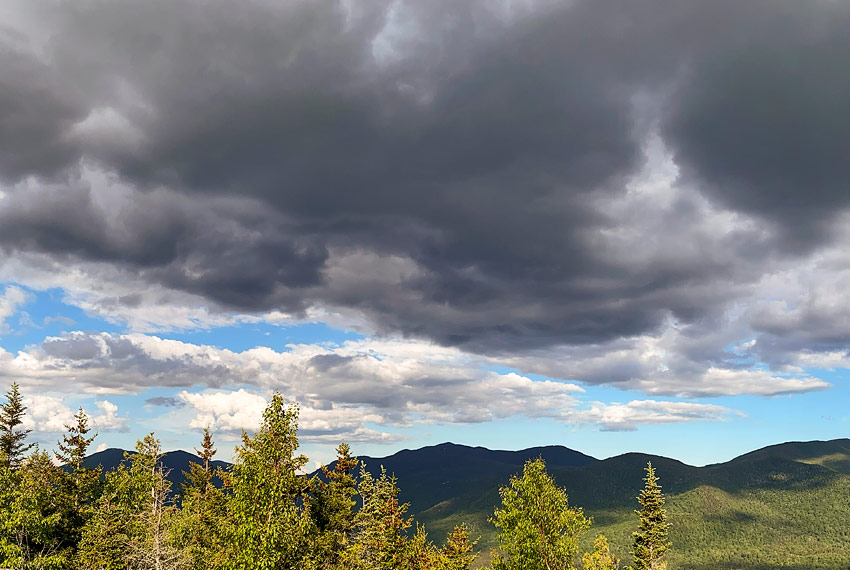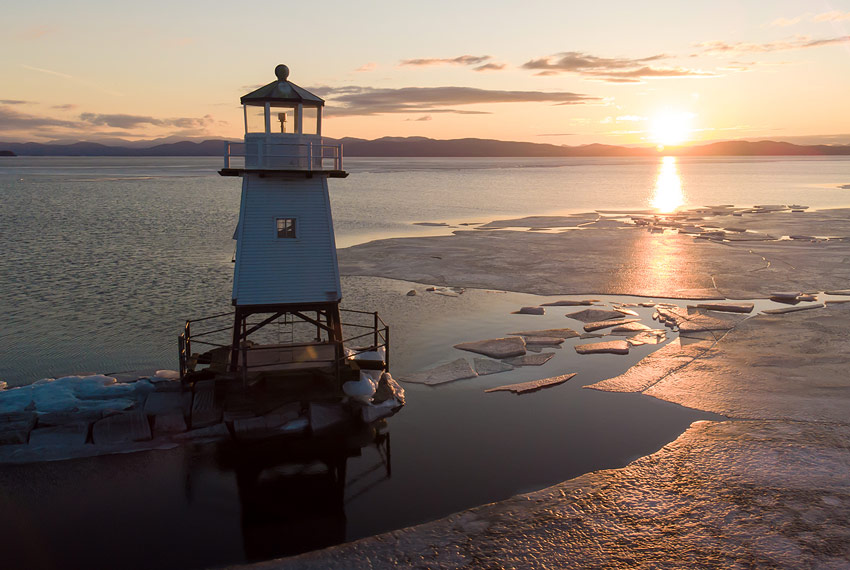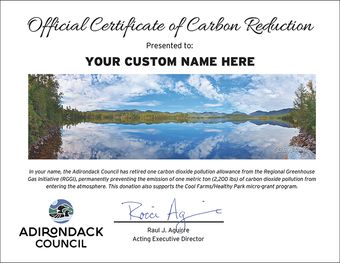What We Do
What is Climate Change?
Climate change is a change in regional or global climate patterns from average weather in the form of temperature, precipitation, wind, humidity, and seasons. Globally, the earth has risen in temperature by 1.5 degrees Fahrenheit in the past century and is expected to rise another 0.5-8.6 degrees Fahrenheit over the next century. While these increases in average temperatures sound small, they can cause global consequences.
The Earth’s climate has changed throughout history. Just in the last 650,000 years there have been seven cycles of glacial advance and retreat. However, the current warming trend is of particular significance because most of it is very likely human-induced and proceeding at a rate that is unprecedented in the past 1,300 years. In fact, scientific evidence reveals that current warming is occurring roughly ten times faster.
Most climate scientists agree the main cause of the current global warming trend is human expansion of the “greenhouse effect”— warming that results when the atmosphere traps heat radiating from Earth toward space.
Over the last century, the burning of fossil fuels like coal and oil has increased the concentration of carbon dioxide (CO2) in the atmosphere. To a lesser extent, the clearing of land for agriculture, industry and other human activities has increased concentrations of greenhouse gases as well.
Global climate change has already had observable effects on the environment. Glaciers have shrunk, ice on rivers and lakes is breaking up earlier, plant and animal ranges have shifted,trees are flowering sooner, sea level are rising, and we have longer, more intense heat waves.

Climate Impacts in the Adirondack Park
Climate change poses a host of threats to the Adirondack Park’s unique landscape and varied ecosystems. The Park is situated in a transition zone, where the mossy, spruce/fir (boreal) forests typical of Canada meet the mixed hardwood forests endemic of the Appalachian range and mid-Atlantic. This transition zone is rich with biological diversity, with timid and sensitive species from both zones finding refuge in Adirondack forests and waters.
Specific Impacts
As annual average temperatures rise, the boundaries of the boreal forests are retreating northward toward Canada and upslope to the tops of the Adirondack Mountains. Boreal wildlife that can migrate into these retreating and shrinking boreal forests must do so or perish. Shorter winters and a lack of surface ice on Lake Champlain and the St. Lawrence River make it harder for species to move into or out of the Adirondacks from Canada and New England.

How You Can Help
Carbon Reduction Certificate
There are several ways you can play an active role in fighting the harmful impacts of climate change on the Adirondack Park. You can take direct action to reduce total carbon emissions by purchasing a Carbon Reduction Certificate from our Cool Farms/Healthy Park Program, which helps the Adirondack Council fight climate change while curbing pollution under the Regional Greenhouse Gas Initiative and providing grants for energy efficiency to small farms and businesses. You can help us support the federal Clean Power Plan, which mandates carbon reductions from power plants nationwide. You can also help us support the vigorous implementation of the Community Risk and Resiliency Act.

Other Ways You Can Reduce Your Contribution to Climate Change
- Sign up to a green energy supplier. Many states will allow you to choose your supplier.
- Turn it off or unplug devices when not in use (lights, television, DVD player, computer) Devices draw power even when they are off. Turn off the power strip or unplug them when not in use. (The cell phone charger is good place to start).
- Turn down the heat (even a little bit helps) and use a programmable thermostat.
- Turn down the setting on your hot water heater.
- Fill your dish washer and washing machine with a full load. Wash clothes in cold water whenever possible.
- Go for a run rather than drive to the gym.
- Replace your standard light bulbs with compact fluorescent bulbs.
- Conduct an energy audit to learn where you are losing energy in your home.
- Get advice on appliances and improvements that will save energy and save you money in the long-run.
- Carpool, bike/walk, or use public transportation if possible.
- Do your weekly shopping in a single trip.
- Discuss the possibility of four day work week with your employer.
- Consider a hybrid, biodiesel, or high mileage vehicle.
- Turn off your car engine – avoid idling.
The local food movement has been energized by the realization that for most of us our food has traveled thousands of miles and used extraordinary resources to grow, raise and bring foods to market. Changing our eating habits is another way to make a difference.
- Don’t buy bottled water (especially if the bottled water is from far away) if your tap water is safe to drink.
- Grow your own fruits and vegetables.
- Buy locally raised meat, and fresh fruit and vegetables in season from local, organic growers.
- Choose foods with less packaging.
Impact of Carbon Reduction (US EPA estimates)
1 ton = amount of CO2 one acre of healthy forest removes from the air/year
3 tons = amount saved by recycling one ton of waste instead of landfilling
5 tons = average passenger car in the U.S. annual gasoline use (21.4 mpg/11,318 miles = 4.75 metric tons CO2)
7 tons = nearly one year’s worth of electricity use by the average American household
24 tons = monthly total output for average American family (all sources; energy, transportation, waste, etc.)
75 tons = tanker truck of gasoline
187 tons = rail car of coal
1.3 million tons = one coal-fired power plant (2010 emissions rates, now declining)
Resources
New York State Energy Research and Development Authority
Energy efficiency, incentives, audits, suppliers, ways to conserve.
1-866-NYSERDA or nyserda.org
Adirondack Harvest
Local farms, food sources in the Adirondacks.
adirondackharvest.com
Energy Star
Appliances, federal tax credits, house improvement.
energystar.gov
